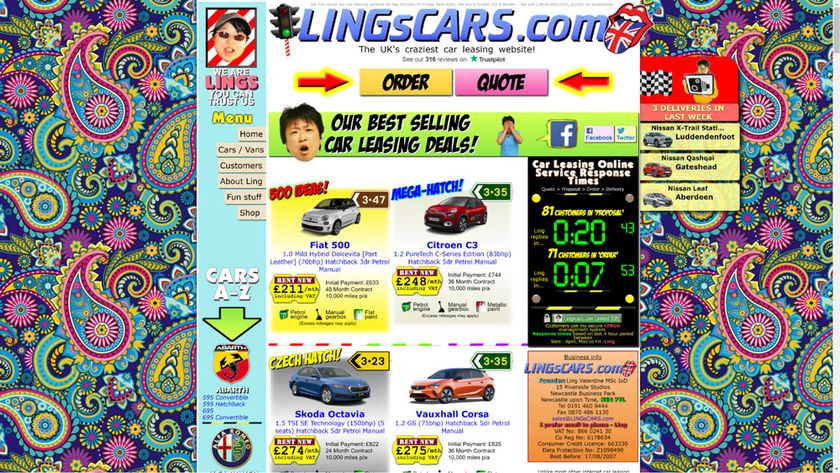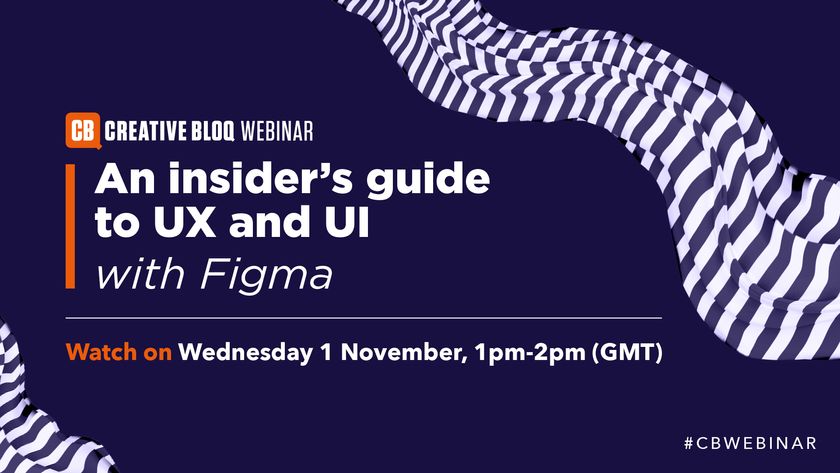How to avoid killing people with your designs
Generate speaker Cynthia Savard Saucier advises on avoiding harm to users

Cynthia Savard Saucier, director of design at Shopify and author of Tragic Design, will be sharing pro insight into how to keep your users safe at Generate New York 2018. Get your ticket now.
In 2007, Cynthia Savard Saucier was backpacking across a remote area of Guatemala when her friend suffered a severe allergic reaction after eating a cereal that contained nuts. He always travelled with his dual injector, but as his muscles started to spasm, he was unable to inject himself.
Cynthia managed to administer the first injection, but when they were on the boat speeding to the closest clinic, she tried to inject the second dose – and the device didn’t work. Cynthia read the very long instructions, but couldn’t work them out. Out of desperation she stabbed her friend’s leg 11 times, and finally it worked, probably because the syringe simply broke in his leg, saving his life.
Later she found out that she had only needed to remove a little yellow piece at the end of the syringe but, in the crisis situation, she missed this ninth step on the double-sided sheet. “I realised that good design saves lives, and this is what I wanted to do,” Cynthia says. “As designers we are never really confronted with the consequences of our decisions, but we shouldn’t underestimate the impact we have on everyone’s life.”
Cynthia’s experience eventually led her to co-author a book with fellow designer Jonathan Shariat. They started looking into other case studies of how certain design decisions have angered, saddened, excluded, injured, and even killed people. The result is Tragic Design, which explores the impact of bad design and what can be done to fix it.
01. Ask: ‘What’s the harm?’
The first step in avoiding such mistakes is to just ask yourself if you could kill someone. “Whenever we design as a group and discuss a feature that seems irrelevant – like shipping updates – we ask, ‘Can we kill someone with this?’” Cynthia, now director of user experience at Shopify in Montreal, explains.
“It’s quite funny initially, but it really turns into a very productive design session. If someone is ordering medication and they don’t get it on time, what could happen? If someone is ordering something that is deeply sentimental and they have a deadline to receive it, what could happen if we can’t offer that deadline?”
Get the Creative Bloq Newsletter
Daily design news, reviews, how-tos and more, as picked by the editors.
The second step is to work with product managers to make sure they understand that if a person could get hurt or killed, even if it’s just a small percentage and only in certain conditions, this needs to be prioritised. “It’s sometimes a little hard to make a case for it if maybe just one per cent could get impacted,” Cynthia admits. “But it’s worth making the process slightly longer for everyone if it’s benefitting a few people.”

02. Make use of quasimodes
There are a lot of tools and approaches you can use to avoid harming someone. Modes, for example, are always bad strategies for user interfaces.
In the book, Cynthia and Jonathan tell a story of how a plane crashed, killing most people on board, because the pilot confused the flight path angle mode with the vertical speed mode in the interface. Instead you should use quasimodes with more than one visual feedback to show you that you’re in a certain mode.
“When you want to erase an app on your phone and you hold it down, it starts wiggling or dancing,” Cynthia explains. “This is a really good example of a quasimode: you need to do something physical in order to change the mode. And then there are two feedbacks. There’s the ‘x’ and the wiggling, so that you’re sure that something is different.
"Another good example of a quasimode is when you’re driving a car," says Cynthia. "If you want to go backwards, you need to change gears. Your hand is on something, so that you don’t go backwards all of a sudden without knowing and injuring or even killing someone.”
03. Anticipate user errors
When critiquing any design, one simple but very useful technique is the user error chart. “Think of an information architecture tree with every type of user but the ‘happy path’ is only a small subset of users,” Cynthia suggests.
“The other parts are all misuse and the errors and people trying to take advantage of – or even steal from – your product. You can print this chart and leave it on your wall for your team to see and make sure that every single piece of this tree gets considered. It’s not about designing everything – we don’t have unlimited resources – but it’s about making informed decisions as to what you’re ignoring.”
Related to this is the fault tree analysis. You list all the errors that could happen and work your way back through all of the potential causes. “At the end of the analysis, not only do you have an amazing FAQ, but it also highlights all the potential downfalls that you should take into consideration and design safeguards for,” Cynthia enthuses.
“If you know that someone could stab their fingers with the injector instead of the leg, make sure you have more than one visual cue. Use another sense and, for example, design the handle in a shape that teaches you how to hold it.”
This article originally appeared in net magazine issue 304. Buy it here.
Get your ticket for Generate New York now

If you're interested in learning more about avoiding harmful errors in your web design, make sure you grab a ticket for Generate New York. Cynthia Savard Saucier, director of design at Shopify and author of Tragic Design, will be offering more insight into the harm bad design can bring and giving guidance on how to keep your users safe in her talk Tragic Design: The Impact of Bad Product Design.
Generate New York takes place from 25-27 April 2018. Get your ticket now.
Related articles:

Thank you for reading 5 articles this month* Join now for unlimited access
Enjoy your first month for just £1 / $1 / €1
*Read 5 free articles per month without a subscription

Join now for unlimited access
Try first month for just £1 / $1 / €1
Oliver is an independent editor, content consultant and founder of Pixel Pioneers. Formerly the editor of net magazine, he has been involved with the web design and development industry for more than a decade and helps businesses across the world create content that connects with their customers. He is passionate about content, user experience, accessibility and designing for social good.












